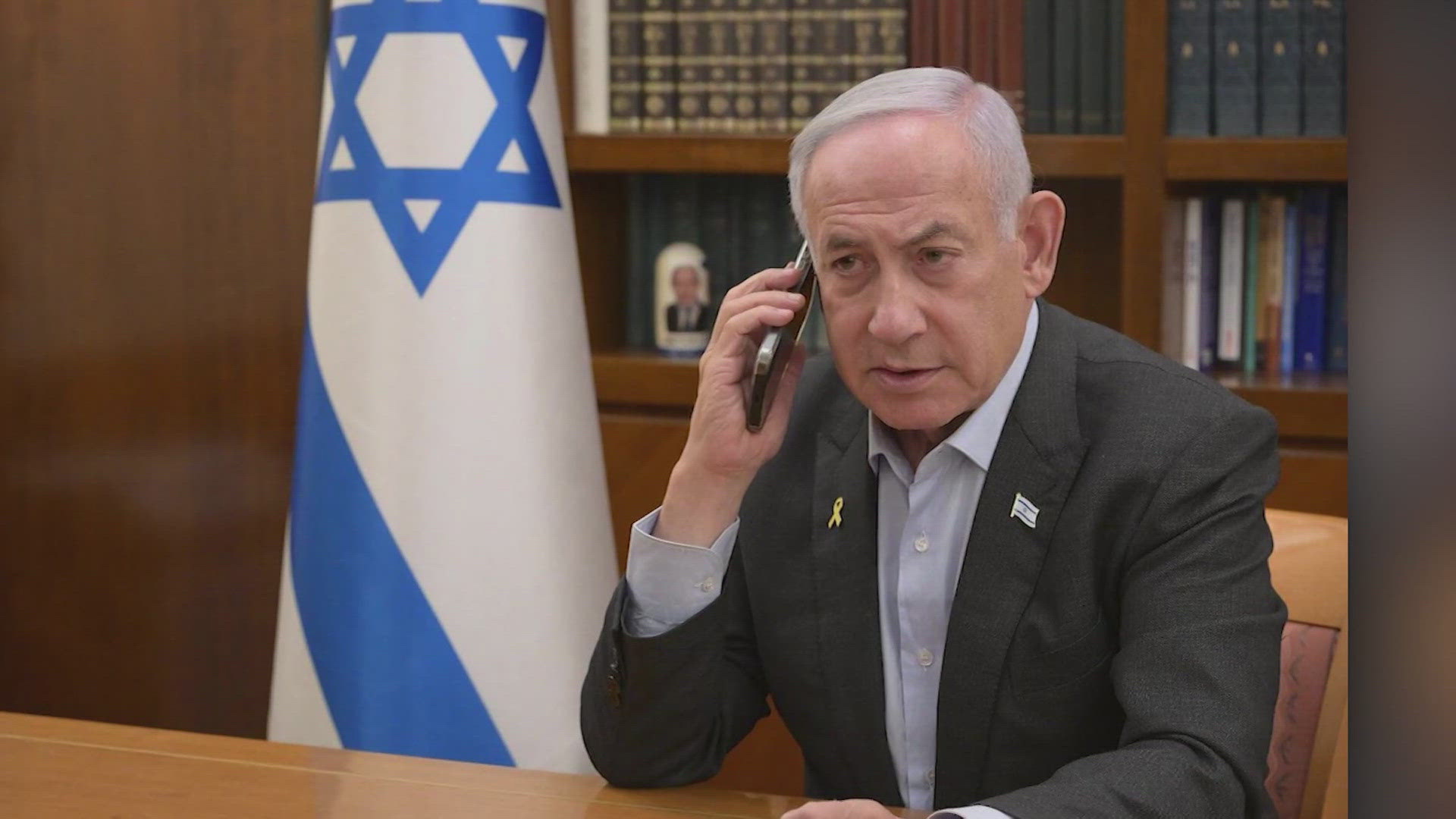The announcement paves the way for Israeli approval of a ceasefire agreement that would pause hostilities in the Gaza Strip, leading to the release of dozens of hostages held by militants. In exchange, Palestinian prisoners detained in Israel will be freed. Additionally, the agreement would allow hundreds of thousands of displaced Palestinians to return to their homes in Gaza, which have been heavily impacted by the ongoing conflict.
Prime Minister Netanyahu’s office had previously indicated that disagreements with Hamas had delayed the approval of the deal, with rising tensions within Netanyahu’s coalition government further complicating the situation. Despite these setbacks, Netanyahu’s latest statement indicates that the deal is now on track, with plans to convene a security Cabinet meeting followed by a government vote to formally endorse the arrangement.
Escalating Tensions Amid Ceasefire Talks
Israeli airstrikes on Thursday killed at least 72 individuals in Gaza, underscoring the precariousness of the ceasefire discussions. Tensions had escalated after Netanyahu’s office accused Hamas of attempting to alter the terms of the ceasefire by making new demands, including changes related to the Philadelphi Corridor — a key border area. However, Hamas denied these claims, with senior official Izzat al-Rishq asserting the group’s commitment to the ceasefire agreement as initially outlined by mediators.
The ongoing negotiations, which have drawn significant international attention, face strong resistance from Netanyahu’s far-right coalition partners. National Security Minister Itamar Ben-Gvir, a prominent hard-liner in Israel’s government, threatened to resign if the ceasefire were approved, warning that it would jeopardize Israel’s security and achievements. Despite the threat, Netanyahu’s government would still maintain a slim parliamentary majority even if Ben-Gvir’s faction withdrew.
The Path Forward and Immediate Challenges
The deal, which was initially announced on Wednesday, outlines a phased approach to resolving the hostages crisis and de-escalating the violence. Under the agreement, 33 of approximately 100 remaining hostages in Gaza are scheduled for release within the next six weeks, in exchange for Palestinian prisoners. This release will be followed by a military withdrawal from certain areas of Gaza, allowing for the return of displaced Palestinians and a surge in humanitarian aid.
However, the deal also includes a second, more challenging phase involving the release of the remaining hostages, including male soldiers. Hamas has made it clear that further releases will only take place if a lasting ceasefire is achieved and if Israel agrees to a full military withdrawal from Gaza — demands that Israel has resisted, citing security concerns.
International Pressures and the Future of Gaza
As discussions continue, international voices, including that of U.S. President-elect Donald Trump’s Middle East envoy, have weighed in on the breakthrough, while key players like Egypt have urged both sides to implement the ceasefire without delay. The long-term future of Gaza remains uncertain, with questions surrounding its governance and the daunting task of rebuilding the war-torn region.
The humanitarian toll of the conflict, which has claimed the lives of over 46,000 Palestinians, has drawn widespread condemnation from the international community, including the United States. Israel blames Hamas for using civilian structures as shields, while the group has faced mounting losses and territorial setbacks.
As the situation continues to unfold, the possibility of a prolonged insurgency remains a key concern, with Gaza’s future governance and reconstruction efforts at the forefront of discussions.
Source: AP
- Obama, Wife Endorse Kamala Harris’ Democratic Nomination
- Trump Proposes $5 Million ‘Gold Card’ Visa for Wealthy Immigrants: A New Path to U.S. Citizenship
- Hegseth Makes First NATO Visit as Allies Press for Clarity on U.S. Plans for Ukraine
- Europe and Canada Pledge Increased Defense Spending but Resist U.S. Pressure


